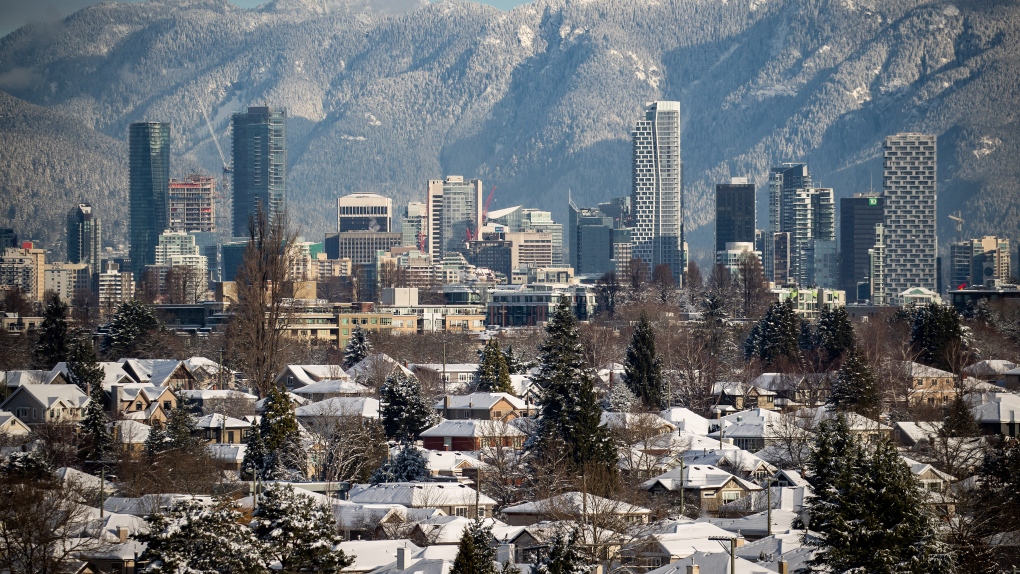New population data from Statistics Canada shows that Canadians are continuing to move away from large, urban centres amid the COVID-19 pandemic, opting instead to live in smaller communities located near big cities.
The new report, released Thursday, found that Carleton Place, Ont., which is located approximately 46 kilometres outside of Ottawa, saw its population grow by nearly four per cent last year, making it the fastest-growing community in Canada.
According to StatCan, Cowansville in Quebec came in second with a 3.7 per cent growth rate, followed by Wasaga Beach in Ontario at 3.7 per cent and then Woodstock, Ont., which saw its population grow by 3.1 per cent.
The report combined areas considered to be a census agglomeration (CAs) -- having a core population of at least 10,000 -- and census metropolitan areas (CMAs), which have a total population of at least 100,000, of which 50,000 or more live in the core.
Overall, the number of Canadians living in rural areas has increased by 0.7 per cent between July 2020 and July 2021, with Ontario and Quebec reporting the highest number of city dwellers relocating to rural areas within their respective provinces since at least 2001.
The report found that Ontario and Alberta recorded the greatest number of residents moving to other provinces, with the exception of the Ottawa-Gatineau region and the city of Lethbridge.
"These estimates, the first to give us a look at a subprovincial level for an entire year of the COVID-19 pandemic, tell of an accelerating trend in migration from large urban centres, leaving their continued growth largely supported by international migration," StatCan said in the report.
StatCan says that population growth in urban regions – both large and small – has slowed for a second consecutive year.
According to the report, a record number of people have opted to relocate outside of some of Canada's biggest CMAs, with Toronto and Montreal seeing the largest net losses to migratory exchanges with other regions in their respective provinces since at least 2001.
StatCan says personal health, the ability to work remotely, and higher housing costs are among the "most important factors" contributing to the decision of many Canadians to no longer continue living in large urban centres.
The report says permanent immigrants to Canada accounted for the majority of population growth seen between July 2020 and July 2021, while losses of non-permanent residents due to the COVID-19 pandemic contributed to "significantly reducing the growth."
According to Statistics Canada, the communities with the highest population growth rates in the last year are:
-
Carleton Place, Ont. (3.8 per cent)
-
Cowansville, Que. (3.7 per cent)
-
Wasaga Beach, Ont. (3.5 per cent)
-
Woodstock, Ont. (3.1 per cent)
-
Lachute, Que. (2.9 per cent)
-
Collingwood, Ont. (2.9 per cent)
-
Kelowna, B.C. (2.6 per cent)
-
Squamish, B.C. (2.5 per cent)
-
Whitehorse, Yukon (2.4 per cent)
-
Arnprior, Ont. (2.3 per cent)
-
Oshawa, Ont. (2.3 per cent)
-
Centre Wellington, Ont. (2.2 per cent)
-
Salaberry-de-Valleyfield, Que. (2.1 per cent)
-
Halifax, N.S. (2.1 per cent)
-
Summerside, P.E.I. (2 per cent)
-
Moncton, N.B (2 per cent)






































